How to Prevent Hair Damage: Expert Tips and Tricks
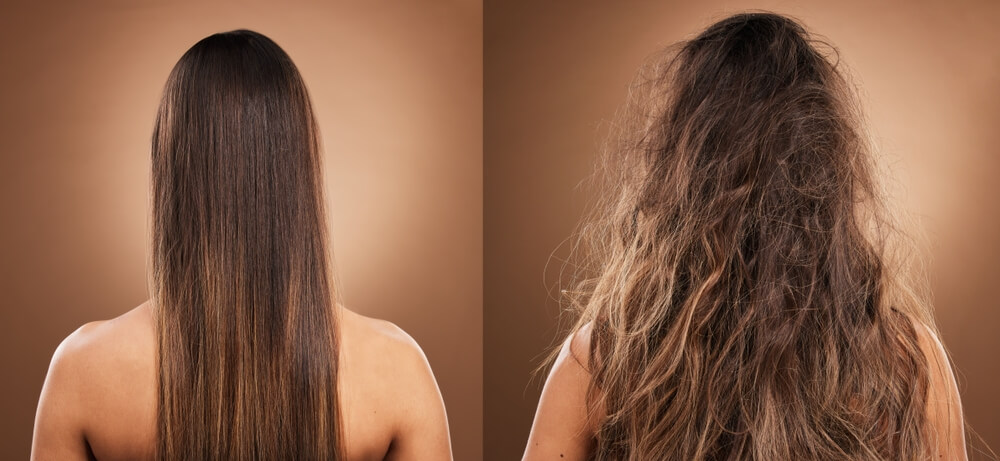
If you’re hoping for a mane that looks vibrantly glossy and healthy, hair damage is the last thing you need. Unfortunately, this is something that’s difficult to avoid – not only is the environment constantly attempting to harm your hair but there’s a good chance that you’re also making a few hair care mistakes that aren’t doing your locks any favors. If your hair has been looking dull, dry, frizzy, and unruly lately, then there’s a good chance that hair damage is already taking its toll.
At Evalectric, we want your hair to look and feel its very best. So, read on as we share some expert tips and tricks for keeping the appearance of hair damage at bay.
Don’t Over-Shampoo Your Hair
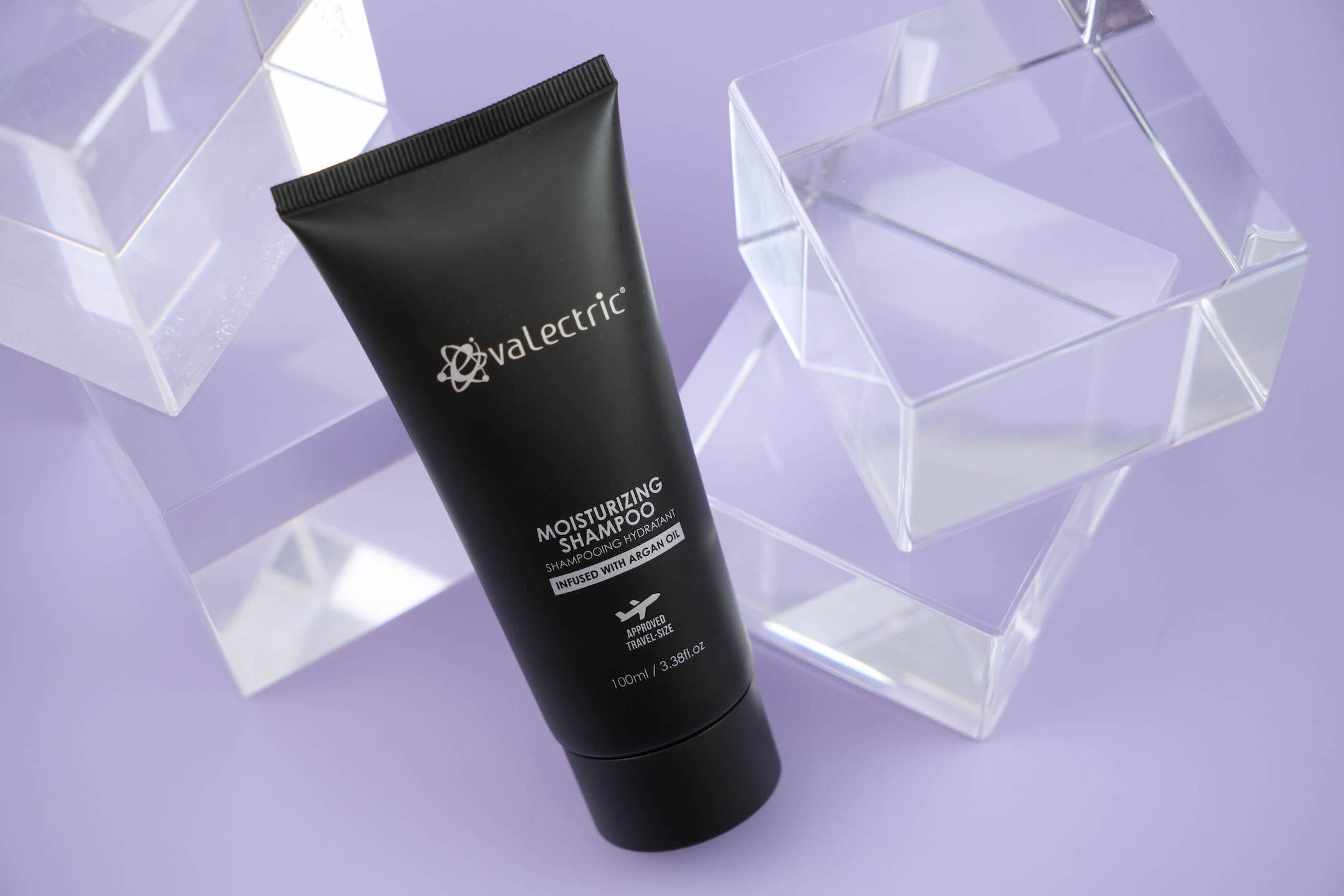
Shampooing is often touted as being one of the best ways to keep hair feeling healthy and damage-free. This is true to a certain extent. If your hair is dirty, that dirt will be causing its own damage while also leaving your hair more susceptible to environmental damage.
However, this doesn’t mean that you should go overboard with your shampooing efforts. Washing your hair too often can cause damage too! How? By stripping away the protective layer of oil that coats each strand of hair.
Ideally, you should only shampoo your hair when it actually needs to be cleaned. Make sure that you use a gentle shampoo too, such as the Evalectric Moisturizing Shampoo. It’s infused with argan oil, which has been proven to keep hair feeling protected against oxidative damage.
Only Shampoo Your Scalp
Speaking of shampooing…
While you may be tempted to give the entirety of your mane a once-over with your shampoo, this will only further damage your locks. Your scalp is the only part of your hair that needs to be shampooed. This is the area where sebum is produced, so this is usually the only area that gets overly greasy.
What about the rest of your lengths? They need the sebum produced by the scalp. Directly shampooing them removes this, leaving your strands feeling unprotected and susceptible to hair damage.
What should you do if the lower sections of your hair feel dirty? Shampoo your scalp as normal and the runoff from the shampoo as you rinse it away will be enough to cleanse the rest of your hair.
Never Skip the Conditioner
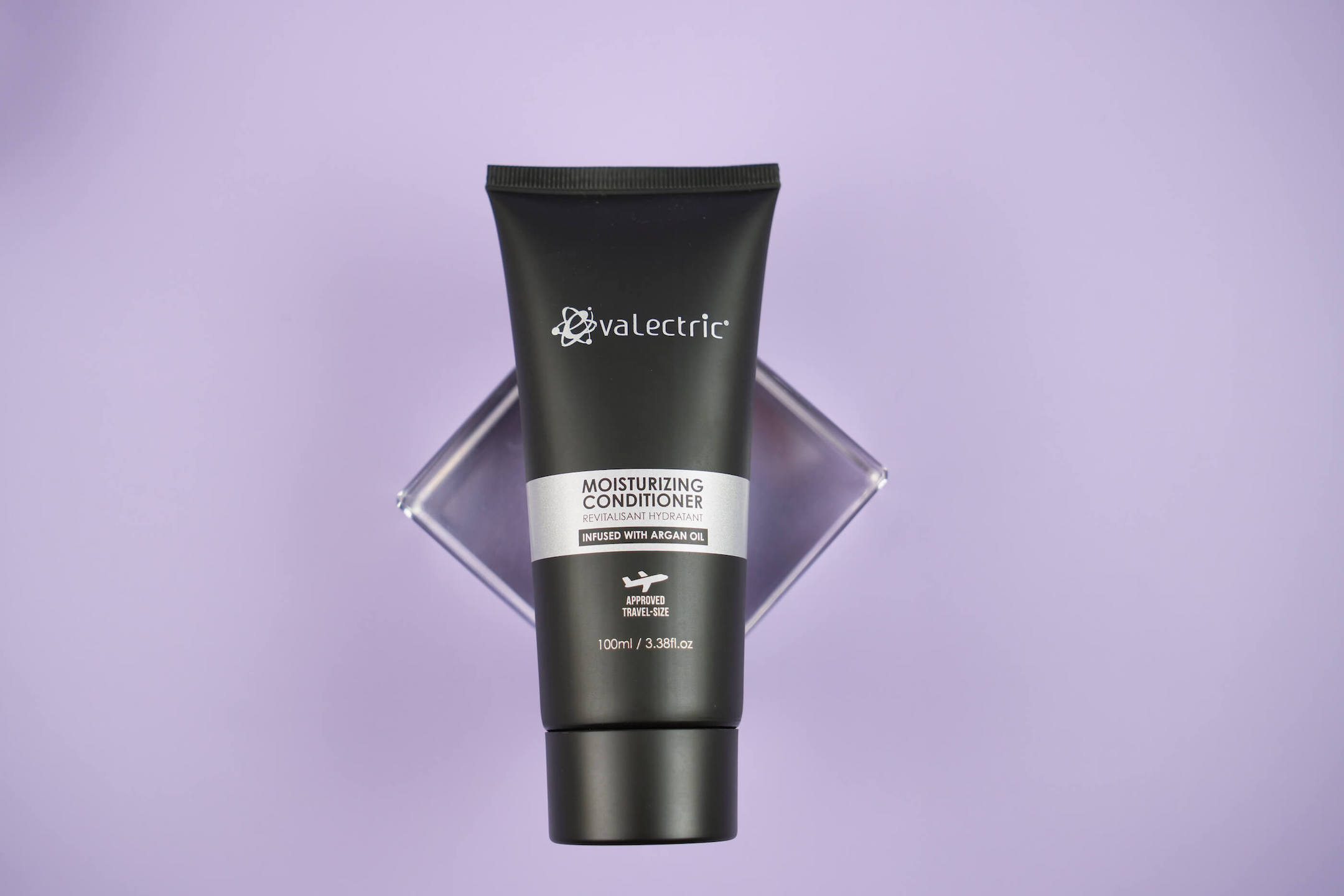
Since shampoo removes the sebum that lubricates your strands, a conditioner is essential for replenishing this and giving your hair an extra layer that keeps it feeling safe and protected. If you sometimes skip the conditioner after shampooing your hair, it’s time to change this habit.
While a shampoo should be used on the scalp and not the ends of the hair, the opposite applies for a conditioner. This is a product that shouldn’t be applied to the scalp. Your scalp will soon produce more sebum, so it doesn’t need to be conditioned. The ends of your hair, however, will desperately need a conditioner due to how long it takes for sebum to travel from the scalp down to the tips of your strands.
Again, use a high-quality conditioner, just like the Evalectric Moisturizing Conditioner. Just like our shampoo, this formula is also loaded with hair-loving argan oil!
Be Gentle When Towel Drying Your Hair
Your hair is extremely delicate and fragile when it’s wet. This makes it much more prone to snapping and breaking, which is why you need to treat wet hair very gently.
This could mean making a few changes to your towel-drying technique. Rather than roughly rubbing your hair with your towel, try gently squeezing out excess moisture instead. If this doesn’t seem to do the job, a different towel could be what you need. Microfiber towels are renowned for their absorbency as well as their gentle nature. They’ll enable you to towel dry your hair in no time, without contributing to hair damage.
Learn How to Correctly Blow Dry Your Locks
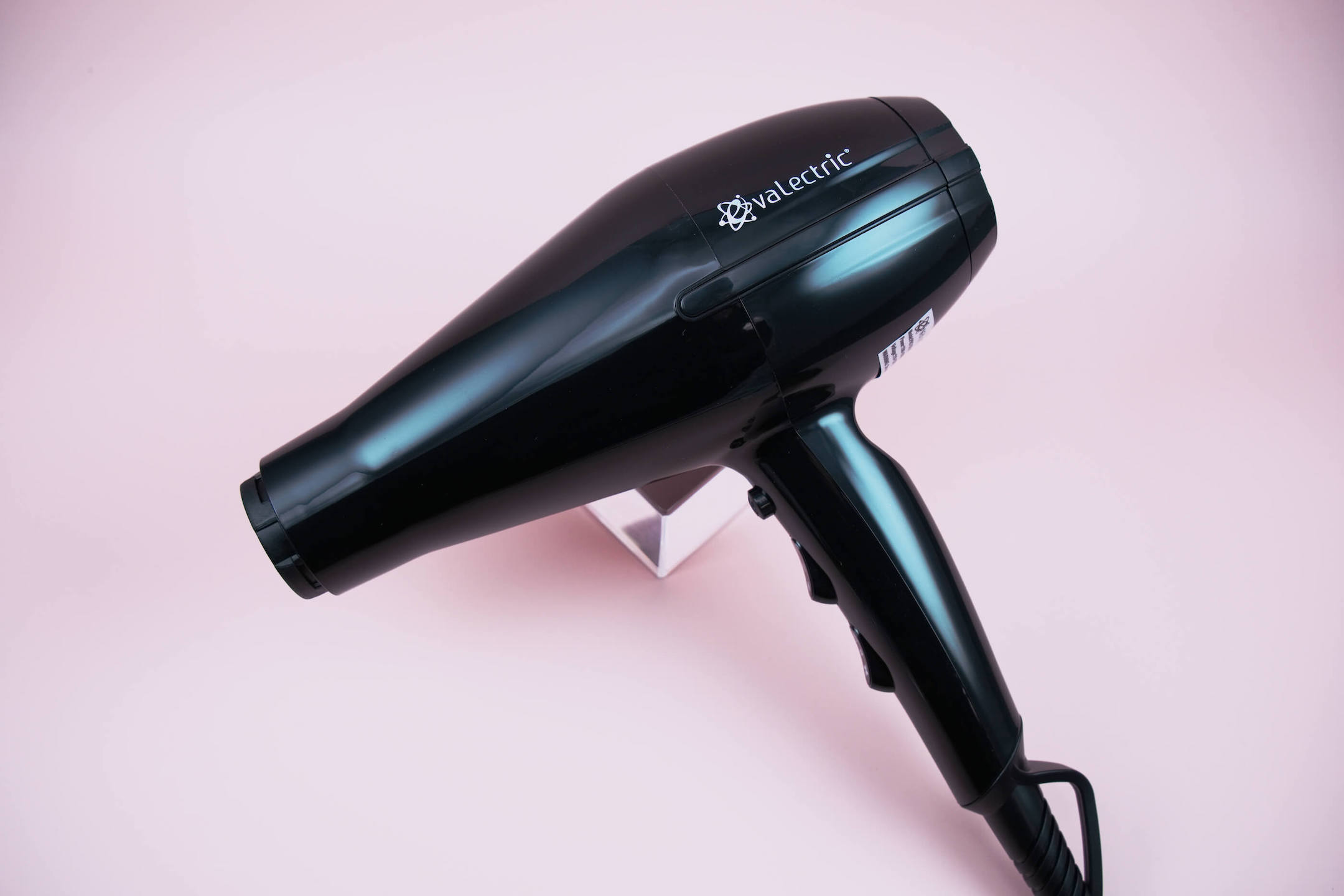
Many believe that air drying their hair, rather than blow drying it, will help them to prevent hair damage. After all, doesn’t the heat from a hairdryer only cause further hair damage?
This is where things get a little tricky. Yes, heat damages hair, but so does allowing your hair to remain wet for an extended period of time. Ideally, you want your hair to dry as soon as possible because, as you know, your hair is extra fragile when it’s damp.
What’s the solution? A mix of both methods. Start by towel/air drying, until your hair is about 80% dry. Then, turn to your blow dryer to finish this off. Use the lowest heat setting but pick a blow dryer with a powerful motor, just like the Evalectric Pro Beauty Dryer. Keep it moving as you work to prevent burning any areas of your hair and make sure that you hold it at least eight inches away from your strands.
Don’t Skip the Heat Protectant
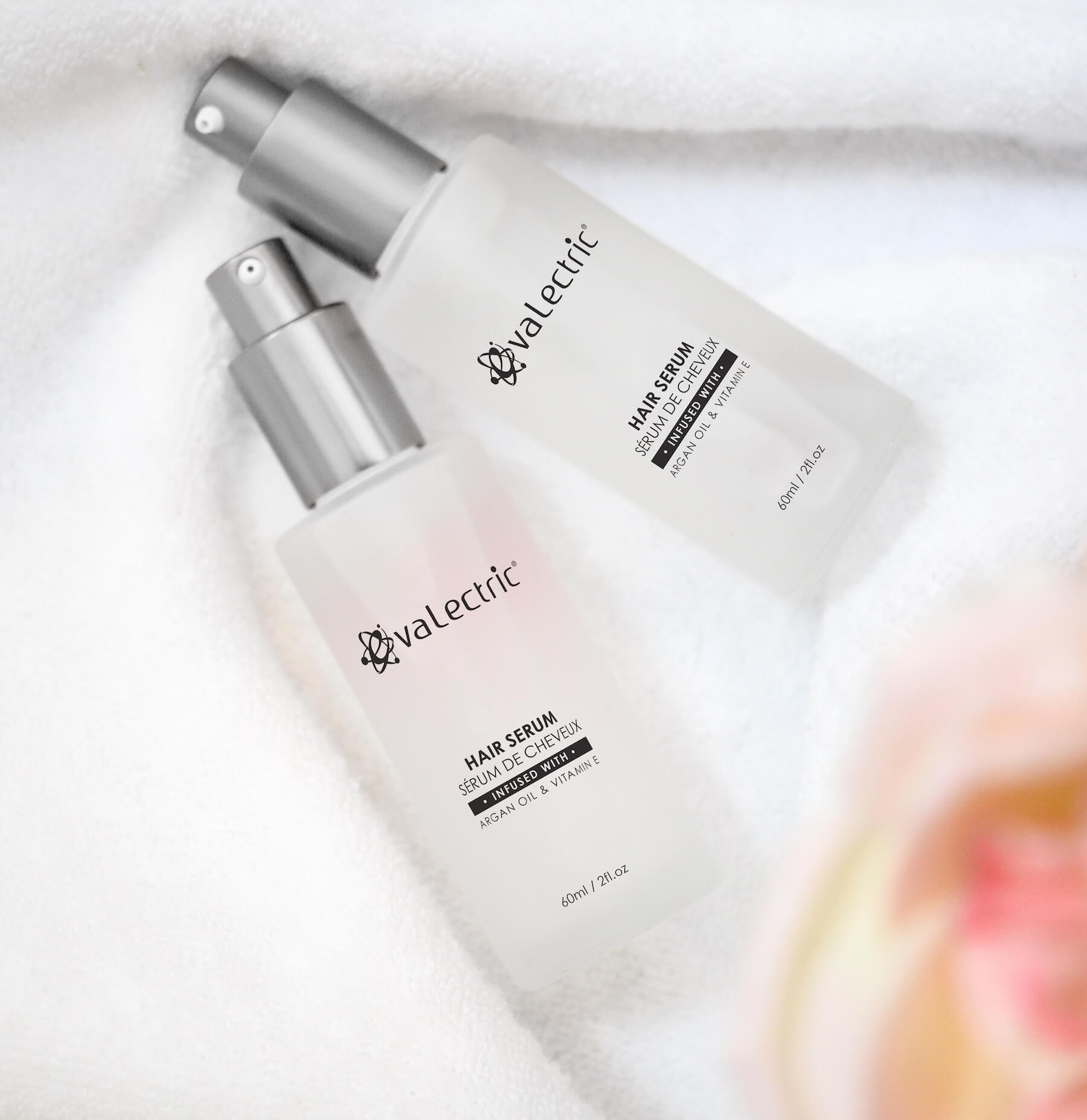
If you plan on using heat of any sort on your hair, be it from a blow dryer, a hair straightener, or anything else, a heat protectant is absolutely vital. Exposure to heat only causes hair damage, particularly to the outer layer of your strands.
A heat protectant will coat each strand of hair. This means that when you apply heat to your strands, the heat protectant receives it first. Any burning will occur to the heat protectant itself, rather than to your hair. There will still be enough heat to style your hair but not so much that you cause it harm.
Heat protectants come in many forms, so pick one that’s compatible with your hair type. If you aren’t sure which to go for, a hair serum is always a safe bet. A product like the Evalectric Hair Serum will not only keep your strands feeling shielded from heat but will also provide a plethora of nutrients that your hair will appreciate!
Keep Your Hair Safe From Chlorine
If you often find yourself splashing around in a swimming pool, it’s important to be aware of how all of that chlorine is affecting your hair. Not only does it strip your strands of their protective oils but it can also weaken your hair, contribute to split ends, and affect your hair color. Regular exposure to chlorine will also leave your hair more porous and, therefore, more susceptible to hair damage.
A swimming cap is a great way to prevent this. If you don’t enjoy wearing one, try rinsing your hair before getting into the pool. Dry hair will absorb much more chlorine than wet hair, but make sure that you use non-chlorinated water for that rinse!
Once you’re done swimming, give your hair another rinse immediately to remove any chlorine that’s lingering on your strands. A swimmer’s shampoo can also be beneficial, followed by a deep conditioner.
Be Smart When Choosing Your Heated Styling Tools

If you regularly heat style your locks, you’re probably aware of the hair damage that you’re causing, even if you use a heat protectant. The good news is that not all heated styling tools will leave your hair feeling dry and damaged.
At Evalectric, our heated styling tools are designed to keep the hair feeling as safe and protected as possible. Our Classic Styler range, for example, comes with ceramic plates and an adjustable temperature control. You won’t have to subject your hair to a scorching temperature when it doesn’t actually need quite so much heat. Many of our styling tools, including our Teal Soft Touch Professional 1.25” also boast far infrared technology and negative ion technology. Both help to keep the hair feeling healthy while preventing the look of frizz and damage.
Protect Your Hair From the Sun
You’re probably aware of how the sun can damage your skin, but did you know that those UV rays can harm your hair too?
Each time your hair is exposed to the sun, your hair cuticles, which are the outer layer of each strand, experience damage. Over time, this leads to dehydration, split ends, and brittle strands, which then become even more prone to damage!
How can you protect your hair from the sun? While there are some hair products out there that contain SPF, this isn’t strictly necessary. Instead, simply covering your hair with a hat or wrapping a scarf around your lengths will help to block UV rays from penetrating your strands. Protective hairstyles, such as braids, can be great for this too!
Mix Up Your Go-To Hairstyles
For many people with long hair, tight ponytails and buns tend to be a go-to hairstyle. After all, they’re a quick and easy way to keep the hair out of the face.
However, while those tight hairstyles may be convenient, they could also be contributing to the hair damage you’re experiencing. Tight styles place tension at the roots of your hair. This constant tugging at your scalp will only weaken your strands, leaving them more prone to breakages.
There’s nothing wrong with opting for tight hairstyles once in a while but try to mix things up in between. Alternate those tighter styles with loose looks that don’t pull at your scalp.
Avoid using tight hair ties too. Instead, use covered elastics or hair scrunchies that won’t cinch your hair in such a damaging way.
Don’t Brush Your Hair Too Much
People are often told that the more they brush their hair, the healthier their strands will be. This is down to how brushing your hair helps to distribute the natural oils from your scalp down to the ends of your hair.
However, over-brushing your hair can lead to excess friction, which causes breakages and split ends. Rather than aiming for 100 strokes a day, all you need to do is brush your hair just enough to remove any tangles or knots. Once you’ve done this, any extra brushing will likely only harm your locks.
Saving Your Strands From Hair Damage
Hair damage can take a while to recover from, making this something worth avoiding as much as possible in the first place. With the tips that we’ve shared above, this becomes easy. Incorporate our tricks into your hair care and styling regime and it won’t be long before your hair begins to look and feel so much healthier!
Click here to shop for more bestselling hair products from Evalectric.





